Imagine being able to peek inside your teenager’s mind, where Joy, Sadness, Anger, Disgust and their new friends Embarrassment, Envy and Anxiety battle for control. Disney/Pixar’s ‘Inside Out 2“gives us that chance. This downloadable guide features reflective questions inspired by ‘Inside Out 2’ to deepen discussions on emotions and identity.
Remember the journey into Riley’s mind in Disney/Pixar’s “Inside Out“? We were introduced to the colorful world of her emotions and learned that every feeling has a place and purpose. Now, “Inside Out 2” is here, taking us through the rollercoaster of adolescence and puberty. As a therapist, I’m excited to share insights from the movie and provide discussion questions that you can use to explore these themes with your family, in classrooms, or in therapy sessions.
I watched “Inside Out 2” with my youngest and friends last night, sparking great conversations about emotions, friendships and identity. My ten-year-old said she learned:
“Sometimes you have to embrace the shameful or embarrassing memories to be a better self. In the beginning, she thought she was a good person and good friend. But she thought she wasn’t allowed to make mistakes. In the end she realized as a complex person, I am allowed to make mistakes and I can get help.”
(Ok, she’s a smart ten year old… And if it makes you feel better, my almost 13-year-old, who saw the movie with a friend – definitely not with me – when asked for a reaction to the movie was giving… Ennui.)
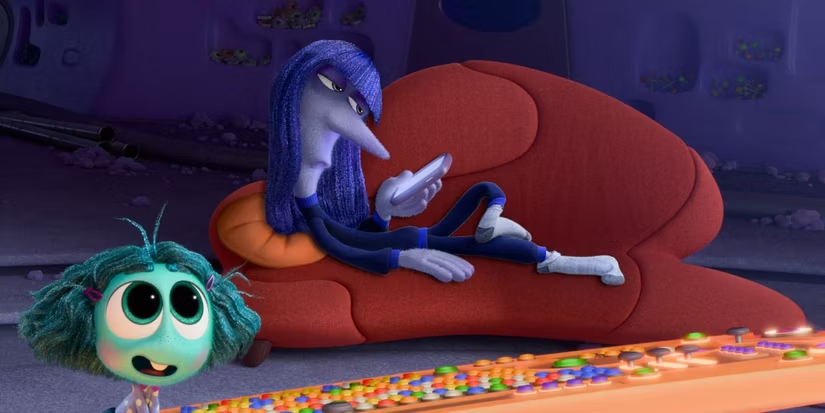
Long-time readers might recall our deep dive into the first “Inside Out” and how we used it to help teens and young adults understand their emotions with study guide popular on Pinterest. We also explored Inside Out-related tools for younger kids to understand emotions and even created a cinematherapy guide for grief with “Coco.” Building on these, I’m thrilled to present our latest discussion guide for “Inside Out 2.” I hope the following reflective questions can help you in your family, classrooms, therapy sessions, and personal self-exploration!
The Evolution of Riley’s Mind: Navigating the Teenage Mindscape
As Riley steps into her teenage years, her mind transforms into a more intricate and sometimes chaotic landscape. “Inside Out 2” reintroduces our beloved emotions—Joy, Sadness, Anger, Fear, and Disgust—and adds new ones like Embarrassment, Envy, and Ennui, led by Anxiety with her arms full of emotional baggage.
[Small spoiler: My daughter and I were both happy to reflect that the movie mostly ignores one aspect common in teenage movies… romance. In fact, we both thought it great the movie was more about Riley and her friendships than an obsession with being desired romantically. By emphasizing friendships over romance, “Inside Out 2” highlights a refreshing departure from the typical teenage movie narrative.]
Welcoming New Emotions: Embarrassment, Envy, and Anxiety
In “Inside Out 2,” we meet new emotions that add depth to Riley’s inner world. Embarrassment, Envy, and Ennui come into play, reflecting the more complex feelings of adolescence. At the forefront is Anxiety, an emotion I personally know well. While well-intentioned, anxiety often brings its own set of challenges. These new emotional characters highlight the evolving nature of Riley’s experiences as she navigates the teenage years.
Insights from Inside Out 2 for Parents, Educators, and Therapists
Like its predecessor, “Inside Out 2” serves as an excellent resource for parents, educators, and mental health professionals. It provides a visually engaging way to discuss:
- Identity Formation. Inside Out 2 shows how Riley’s sense of self evolves and becomes more nuanced as she encounters new experiences and relationships.
- Peer Influence. As a parent to a child this age, I know that FRIENDS ARE EVERYTHING. I love the visual representation of family island shrinking and falling far behind the vibrant friend island. (Though as a parent of tweens, I may not love the feeling!)
- Social Dynamics. Riley navigates friendships and is pulled in multiple directions with changing priorities and values.
- Emotional Regulation. We learn great ways of understanding and managing new and intense emotions such as anxiety.
- Metaphors for Therapy: The main emotions travel to the back of the mind, wading through repressed memories, to find Riley’s core sense of self developed in childhood.
Major Spoiler Alert: This study guide contains discussions about plot elements from “Inside Out 2.” If you haven’t seen the movie yet, consider saving this guide to explore after watching.
Reflective Questions from Inside Out 2: Navigating Emotions and Identity
- The Downside of Positivity
- At the start of “Inside Out 2,” Riley believes “I am a good person,” heavily influenced by Joy’s positivity. In fact, Joy goes so far as boot out shameful or painful memories. How does Joy’s effort to keep Riley happy sometimes cross into denial or toxic positivity? What are the potential consequences of ignoring painful or shameful emotions?
- Anxiety’s Role in Future Planning
- The movie shows a power struggle between Joy and Anxiety. Anxiety takes charge of guiding Riley’s decisions about her future, saying “You aren’t what she needs anymore, Joy.” When we grow up, do we feel less joy? How does Anxiety’s focus on future planning both help and hinder Riley? Reflect on times in your life where anxiety has been both a motivator and a challenge.
- The Vault of Secrets
- Joy sends less than great memories to Riley’s vault. There Riley stores her embarrassing and shameful secrets and suppresses painful memories to the back of the mind. (Hello cringey “Pouchie”…) Riley’s vault of secrets represents how we often hide our most painful memories. How do you see this coping mechanism playing out in real life, and what happens when we finally face these hidden emotions?
- Imaginationland: How it Changes from Childhood
- In “Inside Out 2,” Imaginationland evolves to include Mount Crushmore (crushes) and gossip. Anxiety puts the “screenwriters” to work anticipating multiple negative scenarios. How does this shift reflect the changing inner world of teenagers and young adults, and how do these changes mirror your own experiences?
- Integration of New Emotions
- Joy shares, “I’ve learned every emotion is good for Riley.” As Riley learns to accept emotions like Embarrassment and Envy, how does this contribute to her overall emotional growth? Why is it important to embrace all emotions, even the challenging ones?
- Perfectionism and Self-Worth
- Anxiety’s struggle with perfectionism is intended to drive improvement. It contrasts sharply with Joy’s message of self-acceptance. How do these opposing views shape Riley’s self-worth, and how do they resonate with your own experiences? How might these beliefs influence your decisions and emotional responses in everyday situations?
- Reflection on Core Beliefs
- Riley as a child believes she is a “good person.” Later, Riley starts to develop a new core belief, “If I’m good at hockey, I’ll make friends.” What core beliefs do you hold about yourself, and how do they impact your actions and emotions? Can you relate to her struggle between “I’m not good enough” and “I’m a good person”? Is there room for both??
- Embracing Complexity of Self
- At the end of “Inside Out 2,” Riley not only learns to appreciate the importance of all emotions, but adds complexity to her core self. How does this resonate with your experiences of self-acceptance and understanding others’ multifaceted identities?
- Reflecting on Faults: Seeing Ourselves in Others
- Joy’s confrontation with Anxiety’s dominance leads her to reflect on her own similar actions. Have you ever seen your own traits reflected in others’ faults or mistakes? How has this realization helped you grow or change? This exchange leads Joy to realize that she, too, cannot control Riley’s identity. Have you ever experienced a situation where someone’s faults or mistakes helped you recognize similar traits or behaviors in yourself? Have you ever tried to shift thoughts about a difficult person or relationship to be a self-lesson, like looking in a mirror?
Conclusion
“Inside Out 2” beautifully reminds us that every part of our emotional landscape, no matter how messy, is valuable. Embracing our complexity is what makes us human. I invite you to download the printable worksheet featuring these questions to spark thoughtful discussions, inspire journaling, or simply reflect on your own.
*The “Inside Out 2 Reflective Questions: Tools for Navigating Emotions and Identity” Study Guide is © Abigail Burd, LCSW, 2024. May be printed individually for use in therapy or classes. Please do not republish questions in print, online or in social media, although you are welcome to share by linking to burdtherapy.com/inside-out-2-reflective-questions-tools-for-navigating-emotions-and-identity for others to download for free.
Now it’s your turn! Which emotion or character from “Inside Out 2” resonated with you the most, and why? Share your thoughts and let’s explore the world of emotions together!

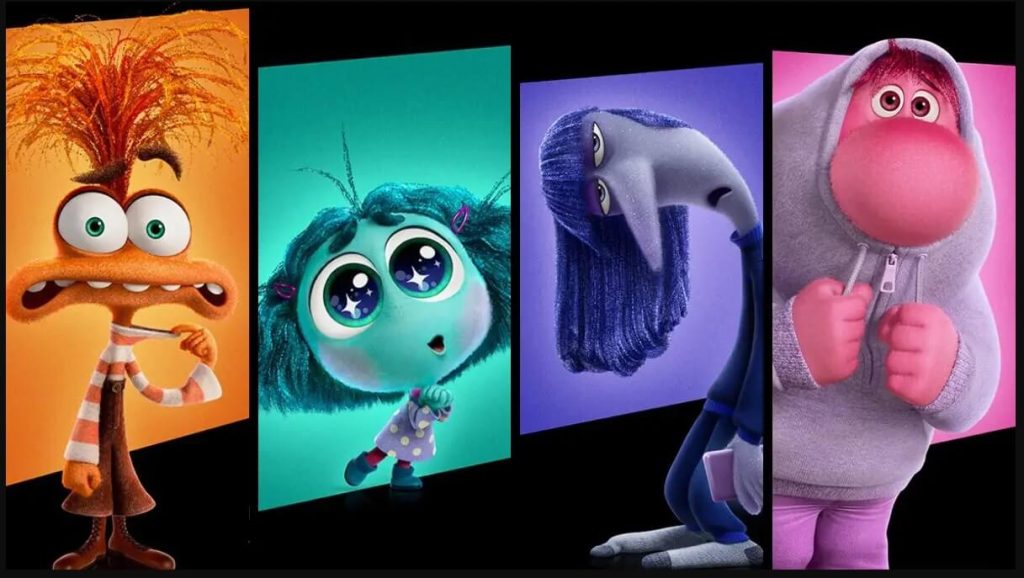

![Inside-Out-2-Reflective-Questions-Tools-for-Navigating-Emotions-and-Identity-Printable-therapist-written-study-guide-square. [includes graphic image of the new emotions anxiety, envy and embarrassment meeting the emotions from the first movie and website of burdtherapy.com in San Diego]](https://i0.wp.com/www.burdtherapy.com/wp-content/uploads/2024/06/Inside-Out-2-Reflective-Questions-Tools-for-Navigating-Emotions-and-Identity-Printable-therapist-written-study-guide-square.png?resize=1024%2C1024&ssl=1)
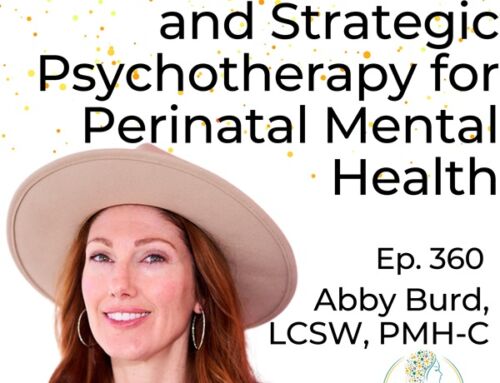
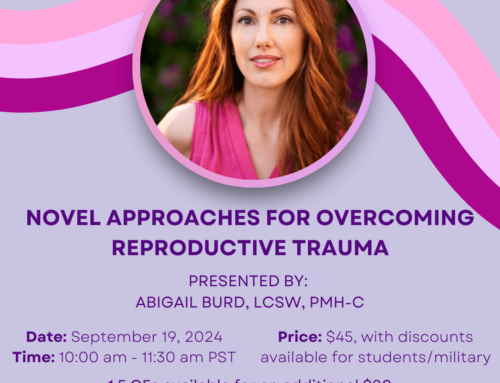

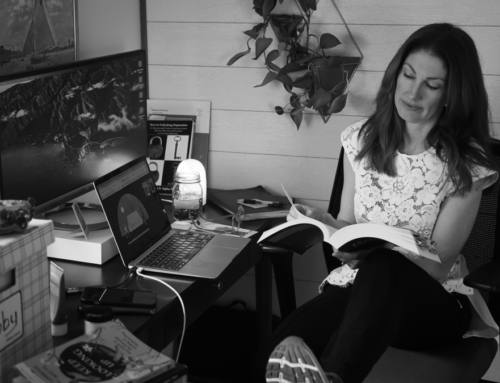
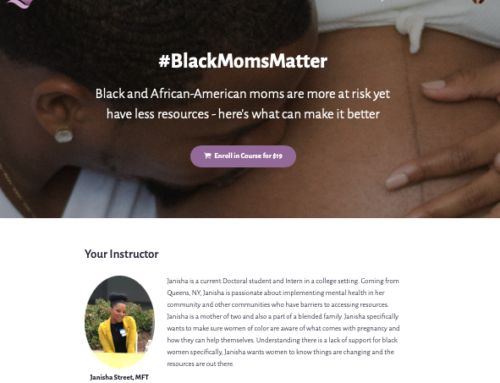
What are your thoughts?